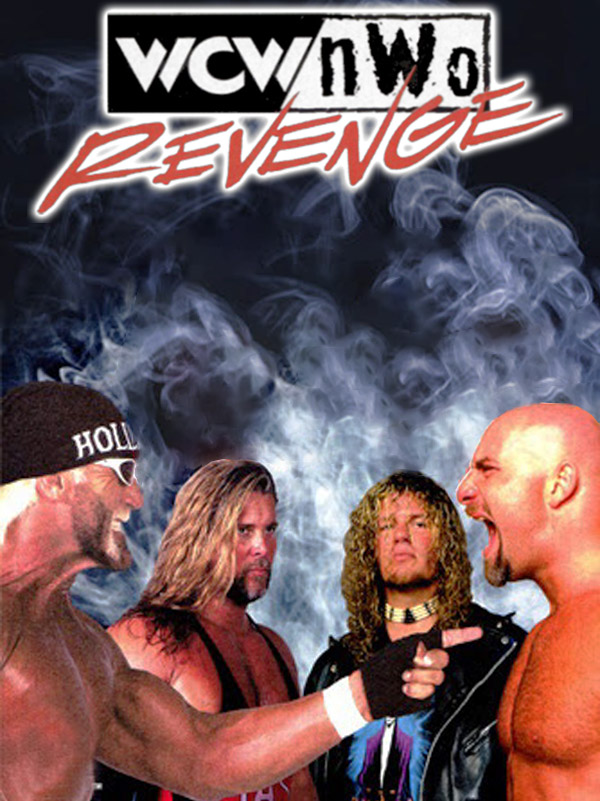There were three attempts made while recording. The successful attempt starts at approximately the 1:20 mark of the video. The game and championship tournament settings are shown at the beginning of the video prior to the first attempt. The game settings are shown again at the end of the video after the credits finish.
Additional Notes:
-
As seen previously in my 6:08 RTA Tag Team Championship run, we have yet another case where there was an improvement in the RTA time (6:01) paired with a slower cumulative IGT time (4:32) when compared to my last run (6:03 RTA/4:26 aggregate IGT). Given that this has reoccurred, I will share my take on the matter once again. Aggregate IGT time calculation has its advantages, but one of its very few disadvantages is its “all or nothing” nature. To elaborate, if the first match in Run A ends late in the 28th second (just before ticking over to 29, say at 28.9) and the first match in Run B ends early in the 29th second (just after ticking over to 29, say 29.1), the fraction of a second’s difference between the two (0.2 seconds difference in this example) becomes one whole second (Run A is credited with 28 seconds, while Run B is credited with 29 seconds), as the in-game timer deals only in full seconds. Depending on the number of times where this scenario plays out across the nine matches in a championship tournament attempt, you can have two runs with extremely close RTA times that differ by a few seconds in aggregate IGT comparison. In this particular instance, my 6:03 RTA prior run had very favorable fortune when it came to the IGT finishes per match as opposed to this 6:01 RTA run. Prime examples from this run are the ends of both match seven and the championship match where the IGT terminates almost immediately after ticking over to the next second.
-
My microphone was muted during this recording session to avoid potential DMCA entanglements.
As always, thanks for watching and welcome to Kanyon’s Corner!





